What Is Hojicha: History and Origin
Let’s embark on a journey through the remarkable history and fascinating origin of the distinct hojicha with this Hojicha Guide.
First, it was uniquely crafted in the 1920s right here in Japan, with the wise intention of reducing waste by putting
Ever wondered what gives hojicha its unique character?
It all comes down to a proprietary roasting process distinct to our culture.
This special technique infuses it with a standout aroma and those characteristic toasty notes we all love, not to mention it’s iconic reddish-brown color.
That’s hojicha for you, in a nutshell!

Hojicha Guide: The Distinct Aroma, Notes and Color of Hojicha
You know, there’s something truly special about hojicha, and it’s all down to its one-of-a-kind characteristics.
It’s that distinct aroma it carries that really sets it apart. We’re talking about a wonderfully fragrant and toasty scent that never fails to impress.
Sniff a bit closer and you’ll catch hints of roasted nuts and caramel, it’s enough to create a warm, inviting atmosphere that’s downright cozy.
But that’s just the start; hojicha‘s also got its own unique, standout flavor notes. There’s a richness to the taste, an earthy goodness, and subtle hints of roasted barley complete with a smidge of sweetness that you won’t find elsewhere.And let’s not forget about the distinct color of hojicha.
This isn’t like your typical green teas, no siree. This baby sports a reddish-brown color thanks to our special roasting process. It’s a rich color that further enhances the sensory experience and that contributes to the overall appeal of hojicha.
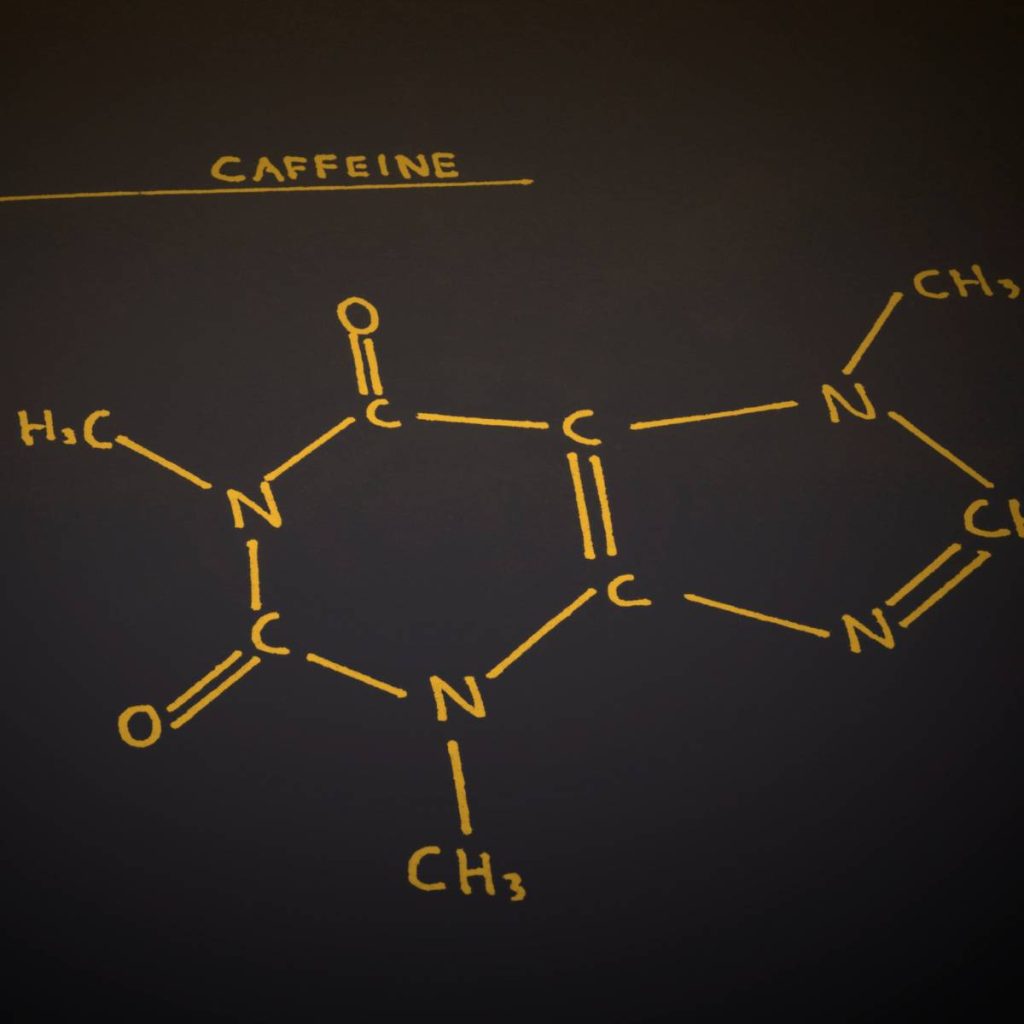
Understanding the Caffeine Content in Hojicha
So, you’re diving into the world of hojicha, eh?
Let’s chat about the caffeine content in hojicha, my friend. Now, hojicha is a variety of green
Naturally, you’d think green
Of course, the actual caffeine content isn’t set in stone. It swings depending on things like the specific type of
But overall, it’s pretty safe to say that hojicha is generally viewed as a low-caffeine green

Is Hojicha a Type of Green Tea ?
Curious if Hojicha is a variant of Green Tea? Well yes, indeed it is! However, its caffeine content sets it apart. Now, let’s delve into how the levels of caffeine in hojicha stack up against other green teas, shall we?
First off, hojicha has noticeably less caffeine compared to its green
That’s not to say hojicha doesn’t offer a perk! It’s still got caffeine after all, but it gives you a smoother, more sustainable energy lift – no jitters, no crashing – a top choice if you need a little pick-me-up.
In addition, thanks to its lower caffeine content, hojicha is renowned as a super evening brew or pre-bedtime cuppa.
It’s got this calming effect that helps you unwind after a long day and lulls you to a soothing, relaxed state. Plus, green
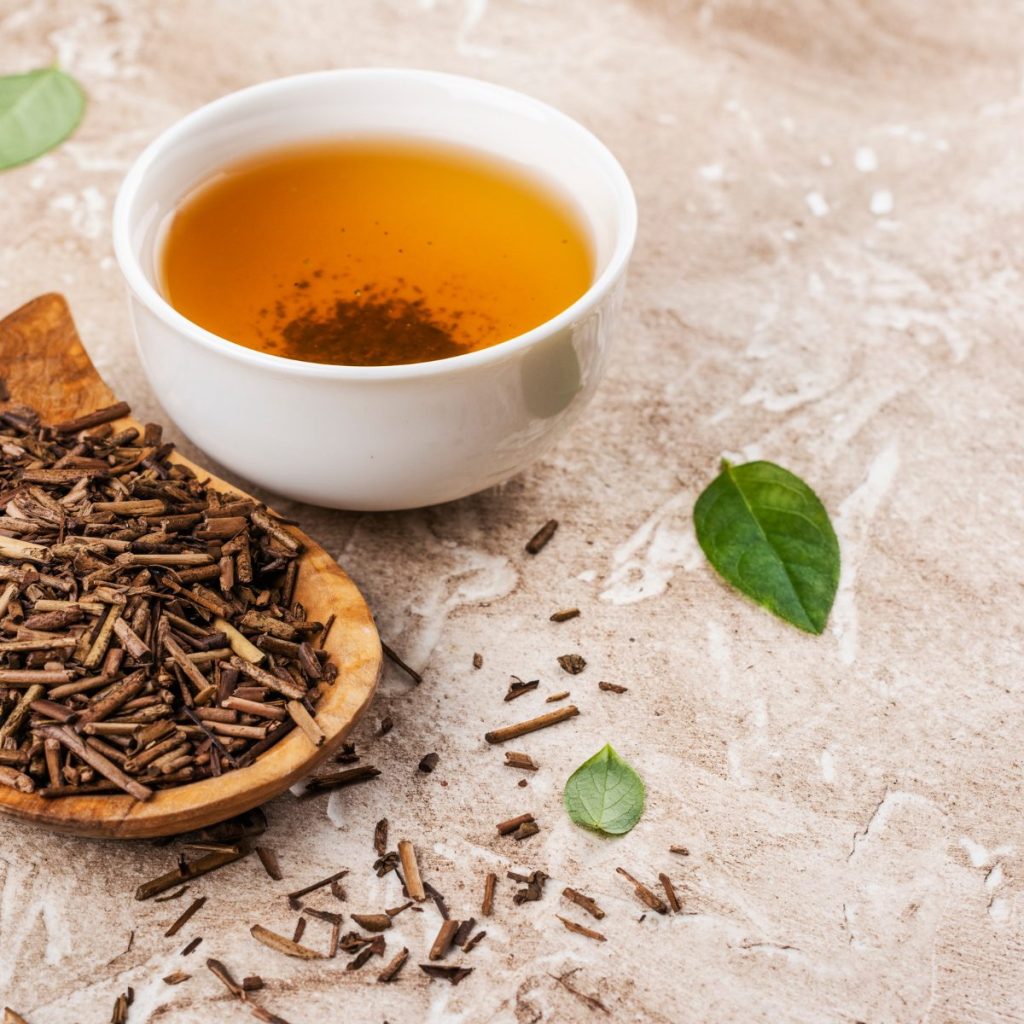
Health Benefits of Hojicha
So, you’re intrigued by hojicha, huh? Well, let me tell you, this unique
First off, hojicha’s pretty low in caffeine. Great news if you’re sensitive to the jittery stuff! You can enjoy it anytime, day or night, without worrying about it keeping you up.
Antioxidant and Catechins of Hojicha
But that’s not all! Hojicha acts like a little bodyguard for your immune system, helping fight those pesky colds with its antioxidant properties. So, if you’re feelin’ under the weather, a warm cup of hojicha might just be the pick-me-up you need.
There’s also these things called catechins – they’re naturally occurring in hojicha. These little soldiers work tirelessly to regulate your blood pressure and cholesterol, promoting overall heart health. You’re really taking care of your ticker with each sip.
Hojicha’s not just about heart health though, it’s a friend to your digestion too. It helps boost metabolism and keeps your colon healthy. Yes, folks, it’s safe to say this
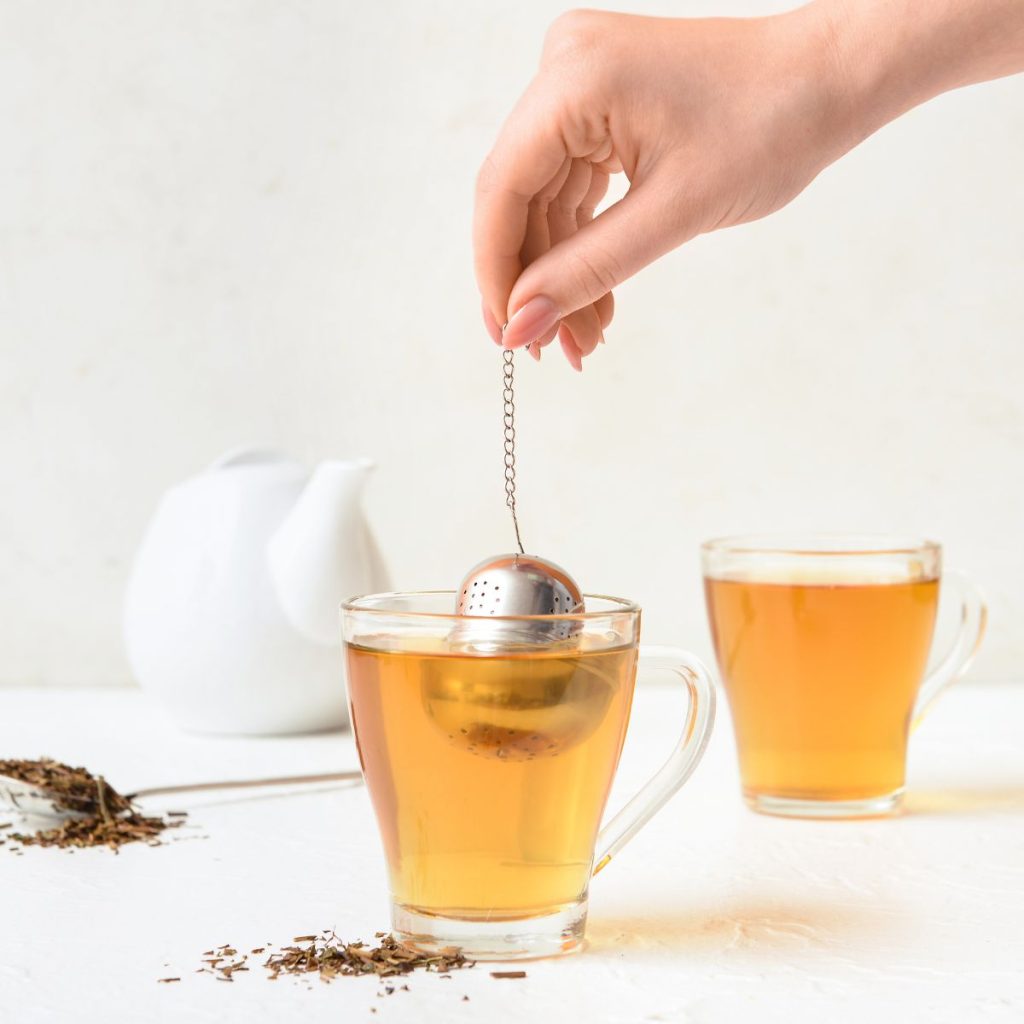
Getting Equipped: Tea Preparation Tools
To truly savor hojicha
- A teapot with a built-in strainer: A teapot with a built-in strainer ensures that the hojicha can steep evenly, allowing the flavors to fully develop. It also makes it easier to strain the
tea leaves when serving. - Japanese teapot or stainless steel
tea infuser: Using a Japanese teapot or a stainless steeltea infuser is another option for steeping hojicha. These tools provide ample space for thetea leaves to move freely and release their flavor. - Disposable
tea bags aren’t suitable for hojicha: Hojicha’s large leaves and stems require more space to brew properly. Disposabletea bags are often too small and can restrict the movement of thetea leaves, resulting in a less flavorful cup oftea . - Measuring spoon or scale: Accurate measurement of hojicha leaves is crucial for a consistent and enjoyable cup of
tea . Use a measuring spoon or scale to measure the appropriate amount oftea leaves according to your taste preference.
Having the right

How to Brew Hojicha: Hot and Cold Methods
Alright, let’s roll up our sleeves and dive into brewing this special
You enjoy a heartwarming mug of hot hojicha or favor a revitalizing iced brew?
Don’t fret, we’ve crammed both methods into this guide. Let’s discover your own perfect approach to get the most out of your hojicha experience.
Step-by-Step Guide: Hot Hojicha Brewing Method
With an uncomplicated step-by-step brewing method, you can whip up a stellar cup in no time! Here’s how:
- Start by heating water to 203°F (95°C). This temperature is ideal for extracting the flavors of hojicha without causing it to become bitter.
- Measure 1-2 teaspoons of hojicha
tea leaves for every 8 ounces of water. Adjust the amount according to your preference for a stronger or milder taste. - Place the hojicha
tea leaves in a teapot ortea infuser and pour the hot water over them. Let thetea steep for 1-2 minutes to allow the flavors to develop. - Once the steeping time is complete, strain the hojicha
tea into cups and enjoy. You can drink it plain or add sweeteners like honey or sugar if desired.
Note: This might be your first cup of hojicha, but it definitely won’t be your last!

Konnichiwa! (Hello!) I'm Pat Tokuyama, a Japanese tofu cookbook author, who travels for music, food, and adventure. If you like Japanese tea, checkout some of the newestorganic japanese tea, matcha bowls and noren and more!
** Curious about the Plant Based Japanese Cooking Club? ** Learn more here!
Step-by-Step Guide: Cold Hojicha Brewing Method
Now, cold brewing your hojicha unlocks a delightful and refreshing experience for your palate – a unique exploration of distinctive flavors and enticing aromas. Allow me to guide you step-by-step in this intricate process of cold brewing hojicha:
- Start by measuring out your desired amount of hojicha leaves. A general rule of thumb is to use 1 tablespoon of hojicha per 8 ounces of water.
- Place the hojicha leaves in a pitcher or a glass jar.
- Add cold water to the pitcher, covering the hojicha leaves completely.
- Stir the mixture gently to ensure that all the leaves are submerged.
- Place the pitcher or jar in the refrigerator and let it steep for at least 4 hours, or overnight for a stronger flavor.
- Once the steeping time is complete, strain the hojicha leaves from the liquid using a fine-mesh strainer or a
tea filter. - Serve the cold-brewed hojicha over ice and enjoy its smooth and mellow flavors.
The magic of cold brewing hojicha is that the process allows for the flavors to develop at a gentle pace. This results in a subtly sweet and rejuvenating


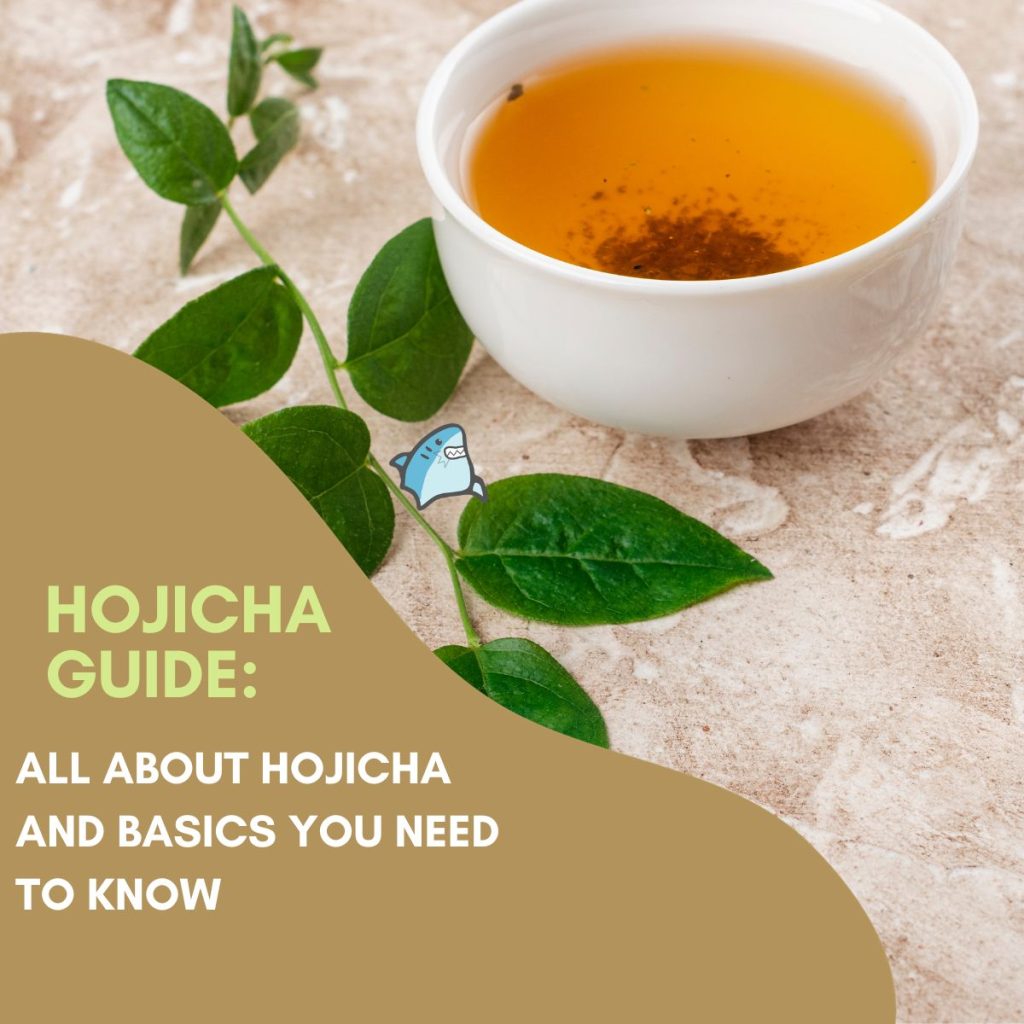



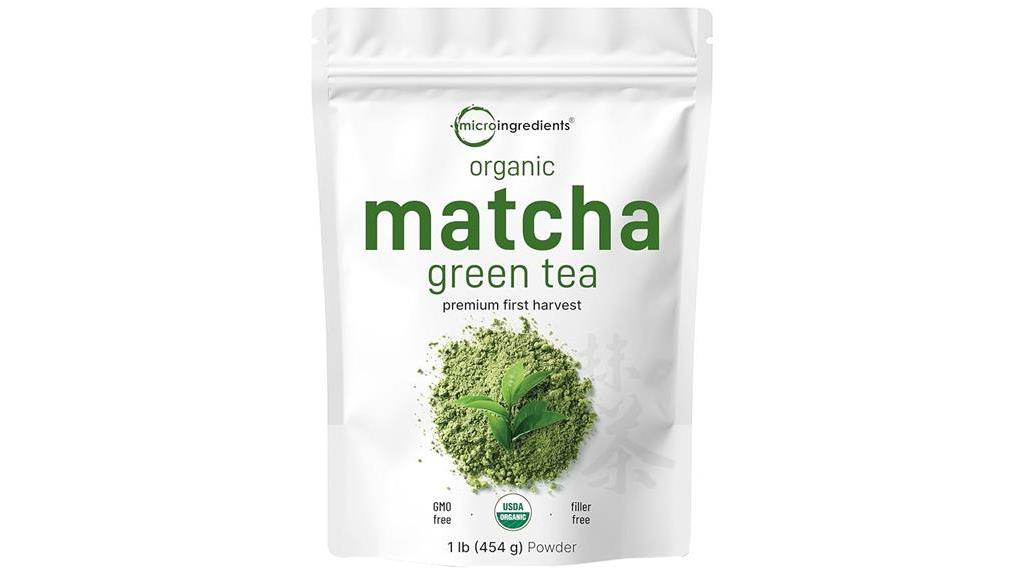
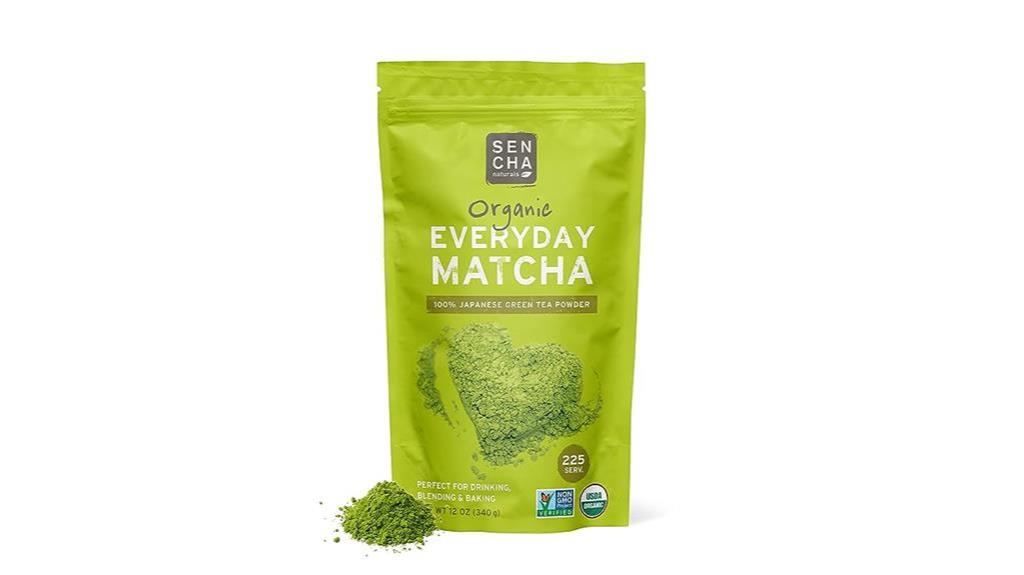
Konnichiwa! (Hello!) I'm Pat Tokuyama, a Japanese tofu cookbook author, who travels for music, food, and adventure. If you like Japanese tea, checkout some of the newestorganic japanese tea, matcha bowls and noren and more!
** Curious about the Plant Based Japanese Cooking Club? ** Learn more here!